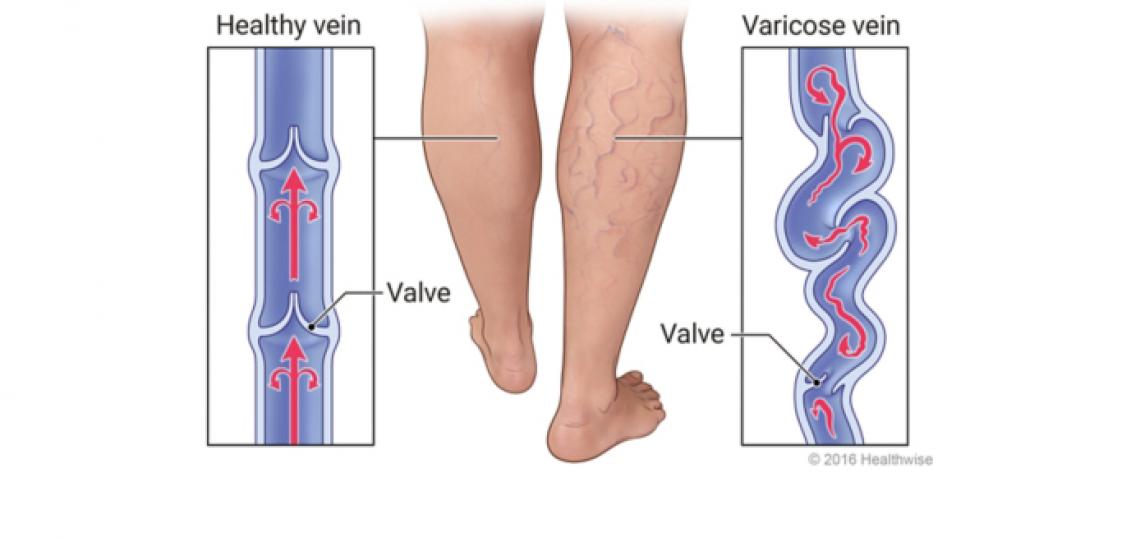 Varicose Vein Stripping (Phlebectomy )
Varicose Vein Stripping (Phlebectomy )Cleveland Clinic Menu Veal ligation of venous diseases Overview What is ligation and nakedness for venous disease? The ligation means the surgical binding of the veins through a small incision in the skin to prevent the blood from being sealed. The ligation can be used in conjunction with vene rinse or the removal of the vein. In many cases, the vein is removed using a minimally invasive surgical procedure called venous ablation. Why is this procedure done? Why do I need this procedure? Surgery is performed for two main reasons. The first is to treat varicose veins. Along with the elimination of varicose veins, the ligation and the strip of the veins are often done to help prevent the recurrence of varicose veins. This is usually done if there is evidence of incompetence valve within the main veins that give rise to varicose veins. ligation and nakedness are also done when blood buildup occurs secondary to venous incompetence, and patients suffer from symptoms of venous insufficiency. These symptoms include leg inflammation, skin changes, pain, and, in severe cases, ulceration. Removing the vein that works badly helps control symptoms, and in cases of ulcers helps the ulcers to heal. Surgical removal or gutting of the vein is rarely required but may be recommended in some situations to treat superficial vein thrombosis or kinitis. Each patient is evaluated, and the treatment will be individualized for the patient's circumstances. Where is the procedure performed and who performs this procedure? Surgical treatments are performed in the hospital or in the outpatient hospital by a vascular surgeon. How can I find out if I'm a candidate for this procedure? To find out if you are a candidate for this procedure, call the Department of Vascular Surgery at 216,444,4508 or 800,223 ext. 4-4508. Procedure details How do I prepare for ligation and/or nakedness? A few days before the procedure, pre-process tests can be performed to ensure that the procedure is safe. You may need to suspend certain medications before the procedure. Your health care team will provide specific instructions to help you prepare for the procedure. What happens during the procedure? You will receive a sedative and regional anesthesia, or you may receive general anesthesia. Your surgeon will make small incisions in the groin and in the calf under your knee. The dilated vein is removed, tied, or subjected to ablation through these small incisions. How long is the procedure? The procedure itself usually takes two to three hours. This is typically done in the outpatient environment, and you can anticipate going home a few hours after surgery. Full recovery will take from one to two weeks. What happens after the procedure? Your surgeon will give you specific instructions that you need to follow after surgery until your incision properly heals. Typically these will involve limiting your activity, elevating your leg whenever possible, and using compression hose. Risks / Benefits What are the risks and possible complications of the procedure? Your doctor will examine the specific risks and possible benefits of the recommended procedure with you. This is usually a very safe procedure, causing relatively small pain and, in most cases, is well tolerated. However, as with any surgical procedure, there are risks, including infection at the site of incisions, the development of a clot in the vein in the leg, and irritation of a nerve that runs along with the veins that are usually stripped. Special precautions are taken to reduce these risks, and there may be other potential risks. When you meet your doctor, please ask questions to make sure you understand the risks of the procedure and why the procedure is recommended. Is there any side effects of treatment? As with any surgical procedure, you will feel a little tired for a few weeks. In addition, you will have pain in the incision sites, you can experience pain in the ablation sites, and you can get bruises on the ligation and scratching sites. The discoloration of the bruises is usually resolved for a few weeks, but rarely can persist. Very rarely, if the nerve that runs along with the vein is irritated, patients may experience numbness and tingling on the front of the lower leg. Recovery and Outlook What are the typical results of the procedure? Your doctor will discuss the results of the procedure with you, but the results are generally good. Resources Doctors vary in quality due to differences in training and experience; hospitals differ in the number of services available. The more complex your medical problem is, the greater these quality differences will be and the more they matter. Clearly, the doctor and hospital you choose for complex and specialized medical care will have a direct impact on how well you do. To help you make this choice, check out our . Cleveland Clinic Heart, Vascular & Thoracic Institute Vascular Medicine Specialists and Surgeons Choosing a doctor to treat your vascular disease depends on where you are in your diagnosis and treatment. Sections and departments of the Tórax and Vascular Institute treat patients with all types of vascular diseases, including blood clotting disorders: for evaluation, medical management or intervention procedures to treat vascular disease. In addition, the state-of-the-art computer imaging team includes vascular disease diagnostic equipment, without further discomfort to the patient. Call appointments in vascular medicine, without tolling 800-223-2273, extension 44420 or request an online appointment.: Surgery evaluation for the surgical treatment of vascular disease, including aorta, peripheral artery and venous disease. Call Appointments Vascular Surgery, without tolling 800-223-2273, extension 44508 or .IVC Retrieval Clinic - to make an appointment, call Vascular Medicine at 216,44420. Ask Dr. Bartolomé at the Filtros Retrieval Clinic. Your appointment will include a consultation with Dr. Bartholomew and doctors who will perform the IVC filter recovery procedure. You can also use our second opinion consultation using the Internet. The Heart, Vascular & Thoracic The Institute also has specialized centers and clinics to treat certain patients' populations: Learn more about experts who specialize in diagnosis and contact treatment If you need more information, or call the Miller Family Heart, Vascular & Thoracic Institute Resource & Information Nurse at 216,45,9288 or without toll at 866,289,6911. We'd be happy to help you. Becoming PatientsConditions Treatment Guides Diagnostic Tests Diagnostic tests are used to diagnose abnormal heartbeat and the most effective treatment method. Webchats Our webchats and video chats give patients and visitors another opportunity to ask questions and interact with our doctors. VideosInteractive ToolsResource Links*A new browser window will open with this link. The inclusion of links to other websites does not imply any endorsement of the material on those websites or any association with their operators. Why choose Cleveland Clinic for your care? We speak for themselves. Please review our facts and figures and if you have any questions please do not hesitate to ask. Last reviewed by a Cleveland Clinic medical professional on 14/11/2019. Cleveland Clinic is a non-profit academic medical center. Advertising on our site helps support our mission. We do not support products or services of Clinics no Cniles. Cleveland Clinic is a non-profit academic medical center. Advertising on our site helps support our mission. We do not support products or services of Clinics no Cniles. Cleveland Clinic is a non-profit academic medical center. Advertising on our site helps support our mission. We do not support products or services of Clinics no Cniles. Related Institutes and Services More Heart Resources Related Health Information Cleveland Clinic is a non-profit academic medical center. Advertising on our site helps support our mission. We do not support products or services of Clinics no Cniles. Cleveland Clinic is a non-profit academic medical center. Advertising on our site helps support our mission. We do not support products or services of Clinics no Cniles. Cleveland Clinic is a non-profit academic medical center. Advertising on our site helps support our mission. We do not support products or services of Clinics no Cniles. Cleveland Clinic is a non-profit academic medical center. Advertising on our site helps support our mission. We do not support products or services of Clinics no Cniles. Cleveland Clinic is a non-profit academic medical center. Advertising on our site helps support our mission. We do not support products or services of Clinics no Cniles. More health news + info
Varicose Vein Stripping What is Varicose Vein Stripping? The gutting of the varicose vein is a surgical procedure that removes the varicose veins from the legs or thighs. The varicose veins are the swollen and twisted veins that can be seen under the skin. They usually have a red or purple bluish. Variance veins usually appear on the legs, but they can also develop in other parts of the body. The veins are formed in the legs when the valves of the veins do not work properly. Veins usually have one-way valves that prevent your blood from flowing into the heart. When these valves do not work properly, the blood begins to collect in the vein instead of continuing with the heart. This makes the vein full of blood, giving rise to painful and swollen veins. The varicose naked vein treats varicose veins and helps prevent them from coming back. The procedure is also known as a vein scratching with ligature, avulsion or ablation. Your doctor may recommend the varicose vein nakedness if you are experiencing: You can also do the gutting of the varicose vein if you care about the cosmetic appearance of your legs. Talk to your doctor to see if varicose vein is a good choice for you. Your doctor will perform a physical exam before the procedure. This can help your doctor determine where the valves that do not work are located. Your doctor may use a manual ultrasound device to get a better view of the veins and their valves. They can also order a duplex scan, which provides clear images of the affected veins and the amount of blood flow. This test can also rule out any clot, or thromboses, in the veins. This allows your doctor to see varicose veins in more detail. Before the procedure, it is important to tell your doctor about any prescription or over-the-counter medication you are taking. Your doctor may ask you to stop taking certain medications temporarily, as some may cause intense bleeding during the gutting of the varicose vein. You should also arrange for a relative or friend to take you home after the procedure. Variety veins are often performed using general anesthesia, which can make you sleepy and unable to drive for several hours. The nakedness of the vein is a safe and low-risk surgical procedure. However, there are always risks associated with surgeries. These include:These risks are rare. However, certain people are more like experiencing them. Varicose vein disembodiment is usually not recommended for:Varicose vein stripping is often performed outpatiently, which means that you can go home the same day as surgery. The procedure usually lasts 60 to 90 minutes. Particularly complicated surgery could take longer. Depending on your doctor's recommendation, you may receive general or spinal anesthesia prior to the procedure. General anesthesia puts you to sleep during the entire procedure. Spinal anesthesia numbs the lower part of your body, but will remain awake during the procedure. Your doctor may give you anti-anxiety medication to take in advance if you are receiving spinal anesthesia and feel nervous about the procedure. During the disembodiment of the varicose vein, the surgeon will make several small cuts or incisions, near the top and bottom of the damaged vein. An incision will be in your groin. The other will be further away from your leg, either in your calf or ankle. Then they will thread a thin and flexible plastic wire into the vein through the incision of the groin. The wire will be tied to the vein and pulled through the cut in the lower leg. Your surgeon will close the cuts with stitches and place bandages and compression stocks on your legs. It usually takes two to four weeks to recover from the varicose vein by stripping. However, their recovery time will depend on how many veins were stripped and where they were located. Your doctor will prescribe pain medications to help with discomfort. They will also tell you to stay away from your feet as much as possible during the first three to four days after surgery. You can be able to remove the bandages after four days have passed. During recovery, it's important to keep your legs up when you're sitting. You can lift your legs with pillows. For the fourth week, you may probably be able to return to your normal activities. Last medical review on January 5, 2016More information here

Recovering From Vein Ligation and Stripping | West Florida Vein Center
Treatment of varicose veins depends on their severity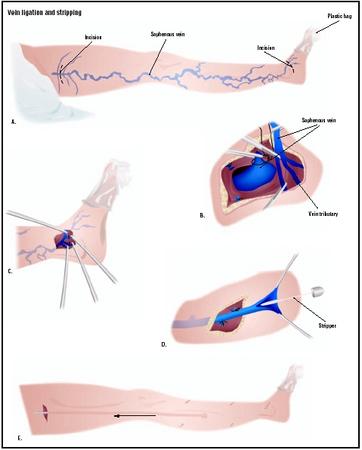
Vein Ligation and Stripping - procedure, recovery, test, blood, removal, pain, complications, adults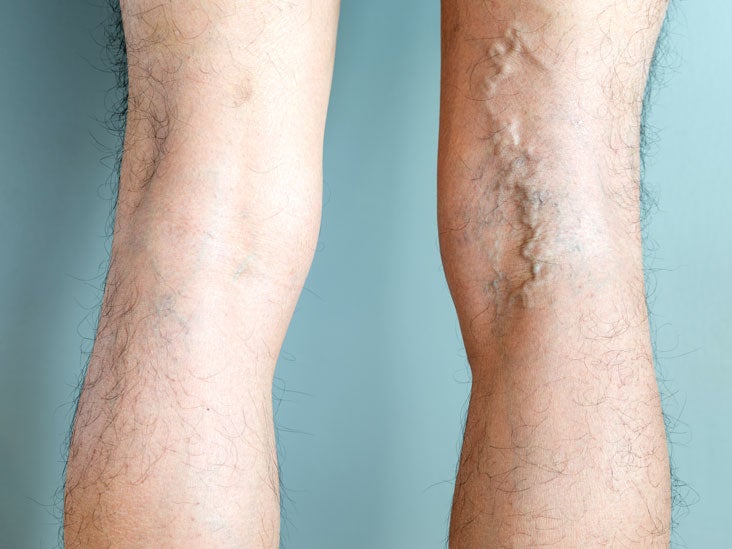
Varicose Vein Stripping: Purpose, Procedure, and Risks
Treatments for varicose veins (IV): classic surgery / stripping
Vein Stripping and Ligation
Great Saphenous Vein Ligation and Stripping | SpringerLink
The operative technique for ligation and stripping of long saphenous vein | Varicose veins of the lower extremity
Varicose Vein Ligation Cpt – Metcouka21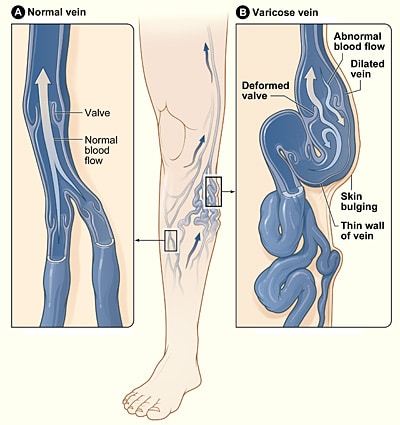
Consent: High Tie and Stripping Varicose Veins - TeachMeSurgery
Case 2. A 45-year-old male underwent high ligation and femoral greater... | Download Scientific Diagram
varicose vein surgery
Can veins be ligated? - Quora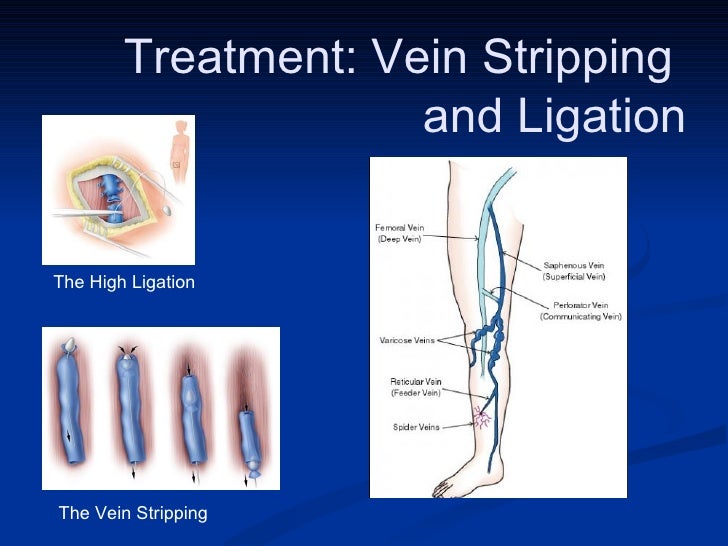
Site flateninis
Vein Stripping & Ligation - Vein Doctor Directory
Ligation and stripping
The care of patients with varicose veins and associated chronic venous diseases: Clinical practice guidelines of the Society for Vascular Surgery and the American Venous Forum - ScienceDirect
Complications of Vein Stripping and Ligation - YouTube
Vericose Vein (Cardiovascular Disorder)
Reply to Aydin et al.: A Novel Indication of Pericapsular Nerve Group Block: Surgical Anesthesia for Vein Ligation and Stripping - Journal of Cardiothoracic and Vascular Anesthesia
Standard surgical method in Mumbai, Mulund West by Aastha Health Care | ID: 6680182891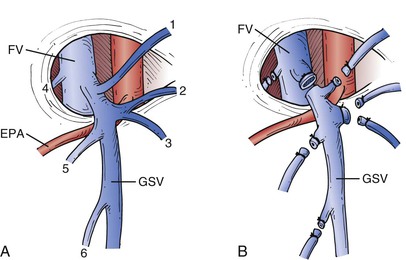
Varicose Veins | Thoracic Key
varicose vein ligation and stripping.mp4 - YouTube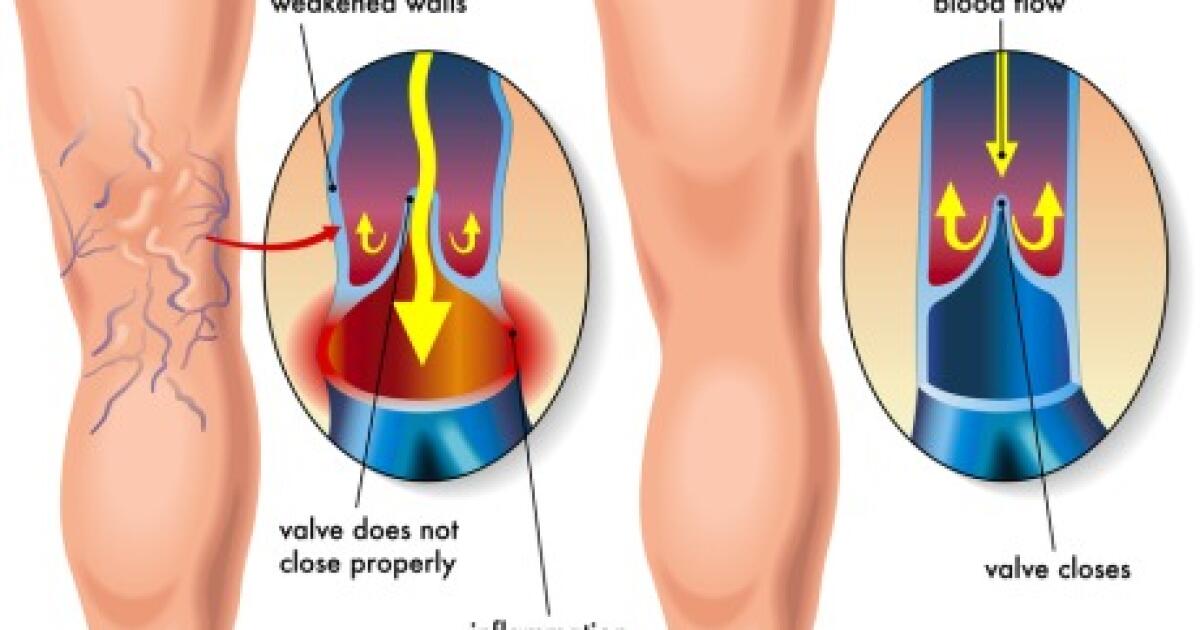
Varicose Vein Surgery - Varicose Veins Treatment
The operative technique for ligation and stripping of long saphenous vein | Varicose veins of the lower extremity
History of venous surgery (2) - Servier - PhlebolymphologyServier – Phlebolymphology
Ligation and Stripping of Varicose Veins Surgery - YouTube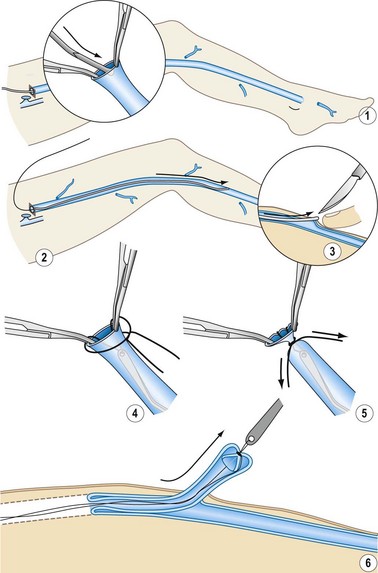
Role of Surgery in the Treatment of Varicose Veins | Clinical Gate
Case 1. A 64-year-old female underwent high ligation and greater... | Download Scientific Diagram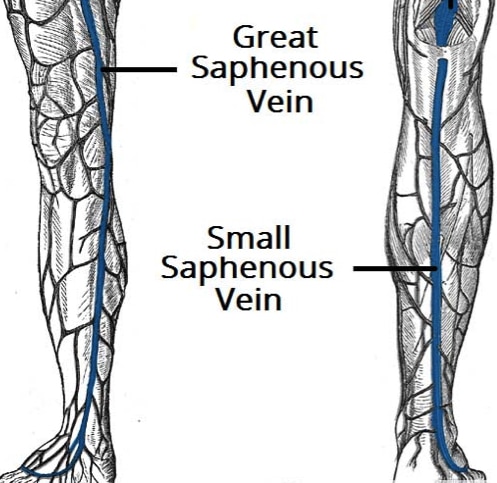
Consent: High Tie and Stripping Varicose Veins - TeachMeSurgery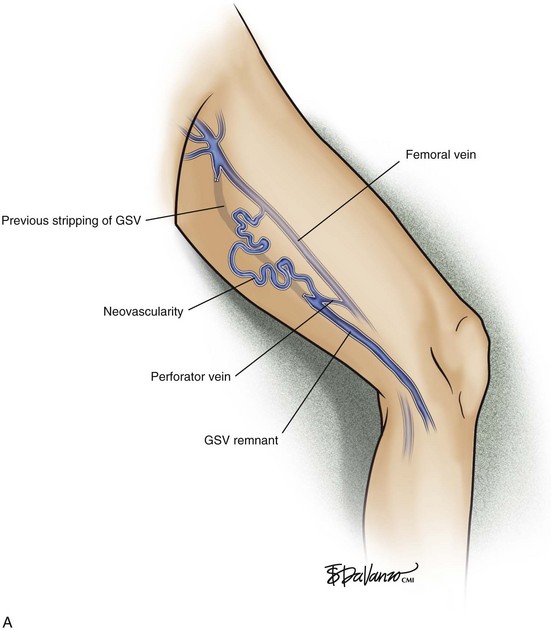
Endovenous Approach to Recurrent Varicose Veins | Thoracic Key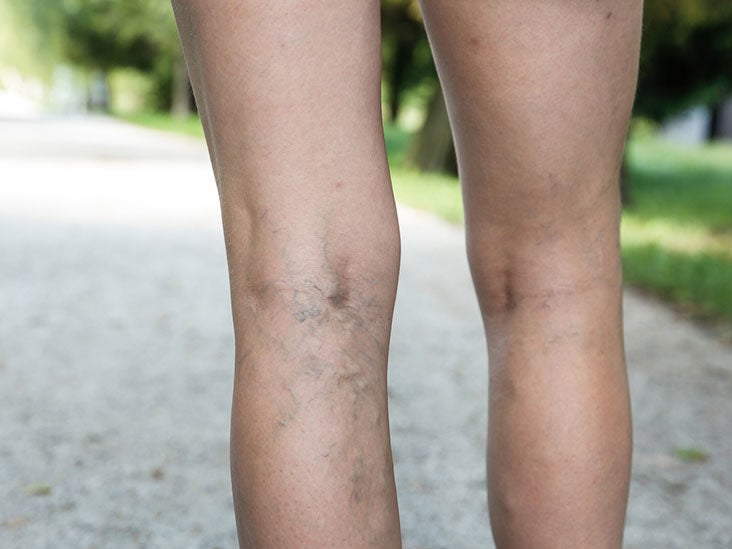
Varicose Vein Stripping: Purpose, Procedure, and Risks
Ligation, Stripping, and Harvesting of the Saphenous Vein | Basicmedical Key
Ligation and Stripping - New York Vein Treatment Center
A Novel Indication of Pericapsular Nerve Group (PENG) Block: Surgical Anesthesia for Vein Ligation and Stripping - Journal of Cardiothoracic and Vascular Anesthesia
Surgery for Varicose Veins
Patient operated on 12 years earlier (high ligation and stripping of... | Download Scientific Diagram
Recovering From Vein Ligation and Stripping | West Florida Vein Center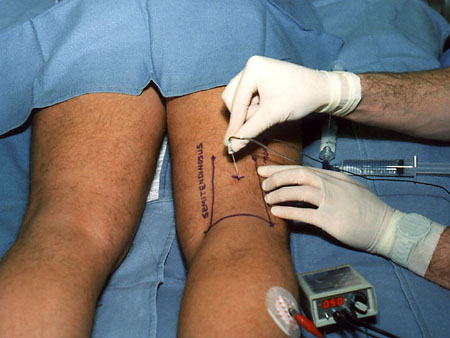
Peripheral Nerve Blocks For Short Saphenous Vein Stripping In Outpatients: A Comparison With Spinal Anesthesia - NYSORA
The operative technique for ligation and stripping of long saphenous vein | Varicose veins of the lower extremity
 Varicose Vein Stripping (Phlebectomy )
Varicose Vein Stripping (Phlebectomy )






























Posting Komentar untuk "vein ligation and stripping"